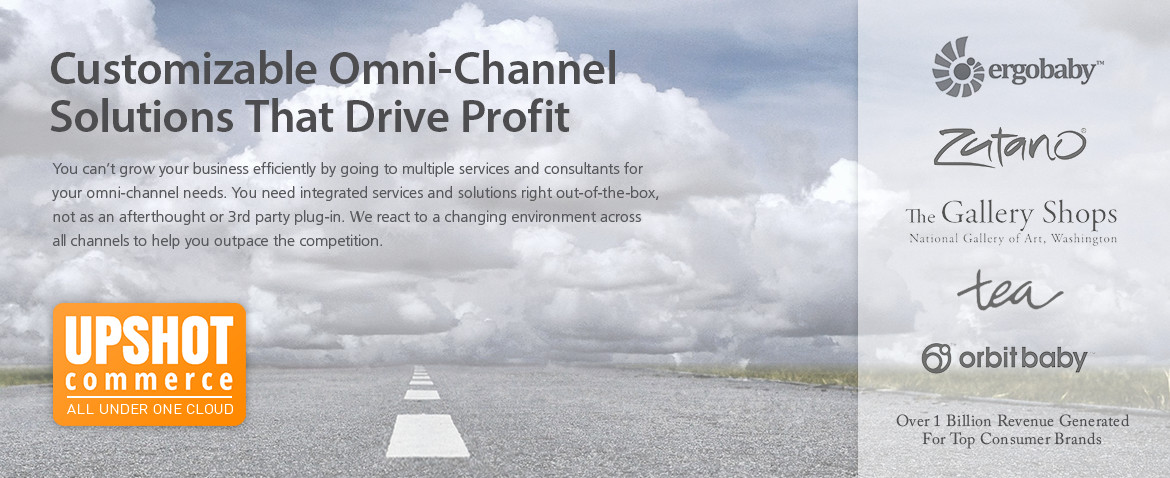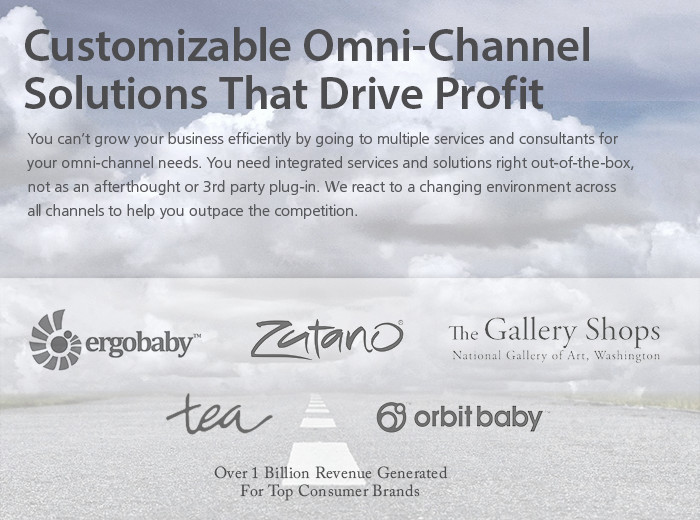The volume of business-to-business orders occurring online continues to grow – even outpacing direct-to-consumer growth in 2014.¹ Research conducted by Forrester Consulting indicates B2B suppliers plan to expand ecommerce platforms in order to offer improved omnichannel experiences for customers in coming years. Survey respondents expressed a preference for B2B shopping experiences similar to to the D2C transactions they already engage in, with better search functionality, easy payment options, and other perks.²
A B2B system can be as dynamic and engaging as a full-featured, responsive D2C system – for an optimized browsing and shopping experience – or barebones and straightforward – for quick and easy re-ordering. With enormous potential for growth ahead, now is the time to invest in a B2B platform that will provide the browsing, shopping, and ordering experiences your B2B customers want.
Tools for merchants, toolsfor customers
An effective omnichannel B2B system will offer tools for both merchants and their customers. For merchants – ways to easily assign and manage client groups, pricing controls, integration across channels for greater efficiency and quality of service, and managed user registration. For customers – an experience more akin to their D2C shopping experience, with access to order and reorder information, merchandising material, and customized and responsive designs for tablet and mobile browsing and ordering.
For merchants:
- Multi-level assigned pricing allows you to create unique pricing structure groups to assign to a given set of customers. These groups can have their own structures, which allows you to reward high performers or create special status members.
- Robust pricing controls let you set pricing across products and multiple storefronts, making it easy to keep pricing consistent, no matter how or to whom you are selling. These controls also permit you to set pricing as a percentage or based on a fixed price. By having one set of consistent controls, you can also bulk load prices from CSV files, making adjustments and updates easy and consistent.
- Integration with ERP and customer systems with a full-featured B2B ecommerce platform allows you to better understand how well your company is doing, and how you might improve it. An ordering system in which all channels communicate with one another allows for more effective resource planning, improved fiscal transparency, opportunities for process improvements, and enhanced customer management and service.
- Managed user registration provides you the opportunity to create or adjust profiles for sales representatives and other users. Sales reps can readily access information for and about customers, making it easy to complete sales and provide excellent service. As with D2C interfaces, customers can create their own profiles (with automatic approval or manual approval from you before ordering), which permit them to reorder for themselves, rather than having to wait until their sales rep visits, ensuring they get the product they need in the timeframe they need it – improving sales for both you and them.

For customers:
- Order history and reorder information can be accessed quickly and easily for registered users. Merchants can offer useful reorder options – allowing customers to select individual items from previous orders or copy entire orders for easy reordering.
- Sites with responsive designs let customers browse and order from preferred devices – as they would with D2C purchases. Mobile ecommerce continues to grow at dramatic rates and providing customers the opportunity to easily shop on a tablet or phone will help your company stay competitive.
- The Upshot platform allows you to customize the design of your B2B experience in numerous ways – for your sales reps and for your customers. This flexibility lets you include the components most important for your customers – whether it’s a dynamic, responsive design that closely resembles a D2C environment, or a simple reorder form for customers who want to quickly and routinely request the same items over the web.
- Posting merchandising information for your customers provides them valuable information to help them become and remain successful. This may include images for use on their websites or catalogs, details about upcoming trade events, previews of new inventory lines, or more. Including these details in an easily-accessible place on your B2B site will save your customers time and effort in getting your products up and ready for sale.
Omnichannel way forward – through integration
Forrester Consulting found that the two biggest barriers to implementation of an omnichannel B2B approach were difficulty in integrating back-office technology and difficulty in sharing customer data and analytics across company channels.³ As discussed previously, an effective, integrated supply chain offers numerous benefits – allowing you to better align business processes with the objectives of your company, find efficiencies, improve fiscal transparency, and provide accurate information to customers. Joining that with a streamlined inventory, order, and customer system will make your system more effective, more efficient, and more successful. Upshot offers all the tools to successfully integrate back-office technology, customer data, and analytics – as well as offer an exceptional B2B shopping experience for your customers.



